Are you in a tricky dilemma? You suspect that something might be wrong with your fuel pump, but you are not entirely sure. Should you wait until your four-wheeler breaks down, or should you test the car immediately? If you know bad fuel pump symptoms, your choice should be clear. I’ll let you in on the secret of how you can know for sure that the fuel pump is causing numerous problems. Follow my straightforward instructions and you won’t have a thing to worry about.
What Is a Fuel Pump?
There are three kinds of fuel pumps – high-pressure, mechanical, and electric. It is a device designed for handling fuel in the vehicle i.e. it delivers gasoline from the tank to the vehicle’s engine. When it comes to a spark-ignition engine, the fuel pump is responsible for transporting gasoline to a fuel bowl. In the fuel bowl, the fuel is mixed with air by the carburetor. It is then moved to the combustion chamber of the engine.
On the other hand, in a combustion ignition engine, high-pressure fuel is moved by the vehicle’s fuel pump to its combustion chamber. A combustion enclosure in these engines is filled with compressed air, and therefore, instant combustion occurs.
A High-Pressure Fuel Pump
High-pressure pumps work at pressures that are higher than 200 Pascals. They are thought to be complex pump systems. Generally, a high-pressure fuel pump entails metering units, flow rails, as well as distribution units. These units are used for transporting fuel to a car’s combustion chamber but without delivering too much or wasting any fuel.
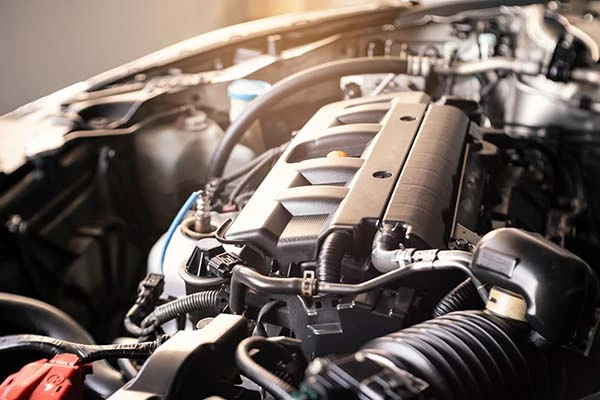
An Electric Fuel Pump
Modern four-wheelers include an electric pump as a part of the injection system. High pressure needs to be generated so as to deliver the gasoline that is in the pump. For the electric pump to work properly, the car’s battery has to provide the current. It’s also important to know that there is an electric control unit, i.e. ECU. Gasoline’s volume, as well as the output pressure, are regulated by the ECU.
Mechanical Fuel Pump
These kinds of fuel pumps are considered to be low-pressure. Sometimes they can be used for generating high pressure. Their crucial role is the transportation of gasoline from a car’s tank to the fuel bowl of the spark engine. You need to differentiate between a plunger-type pump and a diaphragm-type pump. The first one uses the plunger’s reciprocating action to distribute and suck fuel. The latter one has a diaphragm that compresses and expands, making it possible for the pump to deliver fuel.
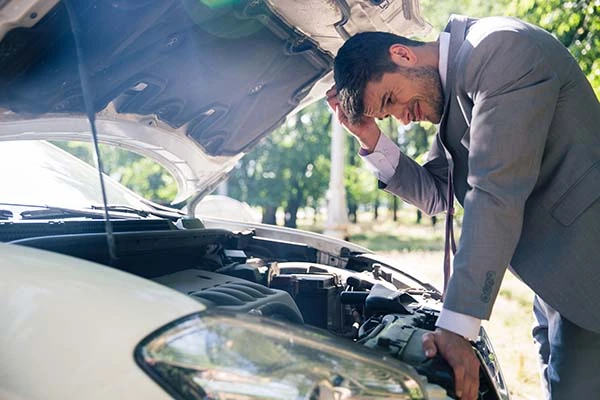
What Are the Bad Fuel Pump Symptoms? How Can You Recognize Them?
Do you know how to interpret the signs that your vehicle is giving you? I can help you recognize the clear signs of a faulty fuel pump in any type of new or used car as well as SUVs, trucks, or any off-road driving car. Bear in mind that, on average, fuel pumps last approximately 100,000 miles. When a thermostat goes bad or your clutch master cylinder, you can notice the signs immediately. I personally replace these components on my own and I always use ACDelco GM Original Equipment. The same happens with fuel pumps. Here are the seven bad fuel pump symptoms.
You Cannot Easily Start the Vehicle
The faulty fuel pumps fail at getting the gas transported to the engine. This means that you will not be able to start the vehicle easily. When the pump cannot push the appropriate amount of gas, the car won’t run. As soon as you notice that the engine is starving, suspect that your fuel pump is bad.
Unusual Noises From the Fuel Tank
Can you hear a whining and loud noise from the gas tank? This is a cause for concern. The pump should sound like a low-pitched hum. Make sure that you inspect what the issue is.
The Vehicle Is Stalling
Your engine won’t stall if it is receiving less gas from the pump than it requires. But there is an issue here as well. However, in case the pump overheats the engine, the vehicle will stall. The cause of overheating will most likely be an old and worn-out pump motor that can become too hot.
There Is a Loss in Power
There Is a Loss in Power
The fuel pump may be to blame if you keep noticing that the car loses power when you must drive up hills or load the vehicle with different heavy items. The engine will need more gas to function under this pressure, just like at high speeds. In the event that the pump malfunctions, you will lose power.
The Engine Sputters
The fuel pump is instrumental in providing gas to the engine when you increase the speed at which you want to drive. Sometimes, the pump will fail to produce a consistent amount of gas while you are driving faster. In this situation, the engine will have trouble, and it will sputter. In the worst-case scenario, it will stall.
A Surge of Power
A Surge of Power
The fuel pump can create issues when it supplies a low amount of fuel to the engine. However, this is not the only thing that can happen. The engine can also get a lot more gas than it requires. Power surges can be noticed while driving when the pump supplies too much gas. Pay attention to speed drops and spikes.
Engine Failure
If you cannot start your vehicle in any way, you can immediately suspect an issue with the vehicle’s battery, fuel filter, starter, alternator, or simply your fuel pump. Since all of these components work together to get your car running, in case the pump fails, there won’t be any supply of gas in your combustion chamber, and the car won’t start.
Should You Continue Driving With a Bad Fuel Pump?
You can choose what you want to do with your vehicle. It’s possible to continue to drive even though the pump is not working properly, and depending on what the symptoms are you can manage driving this way. When you begin experiencing stalling or the vehicle refusing to start, it’s best to get the issue fixed since you can provide problems for other people in traffic, especially when you’re driving at night. Before you get ready for the visit to the mechanic, make sure that you run a quick test and see whether the pump is the main problem.

You Noticed the Clear Symptoms – Now Disconnect Your Fuel Pressure Sensor
The signs are there, but how can you make sure that your interpretation of the symptoms is spot on? You will need to test your fuel pump. The best thing you can do immediately is to disconnect your fuel pressure sensor and monitor the vehicle’s performance. The point here is that the ECU recognizes that something is wrong and then ensures that your fuel pump runs at full capacity. In case the vehicle starts working properly, the issue has been detected.
Remember that many old four-wheelers have fuel pumps that constantly run at full capacity. This pressure is controlled by the fuel pressure regulators. However, in contemporary vehicles, you’ll find that the fuel pressure sensor and ECU regulate your vehicle’s fuel pump.
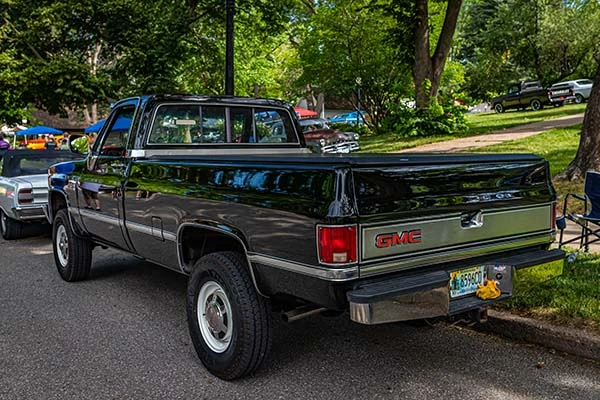
Another Method Is to Use a Fuel Pressure Gauge for the Purpose of the Test
How can you rule out other potential culprits of an issue? There is a possibility something might be wrong with the wiring or the fuel pressure regulator. Well, you can make the most accurate diagnosis with the fuel pressure gauge.
Your fuel delivery needs to be checked with the flow meter. When you disconnect the fuel line, you can also see how much the fuel pump is delivering. You can expect a good pump to need 30 seconds for supplying a quart of fuel.
I can draw your attention to the importance of having enough fuel in the tank for lubrication and cooling of the pump. Don’t run a fuel pump dry since this will certainly damage it.
Additionally, it’s crucial that you run the test correctly and determine the real cause of the issues. According to many pumps that drivers return with a complaint that they need to be fixed, about 60% were not faulty.
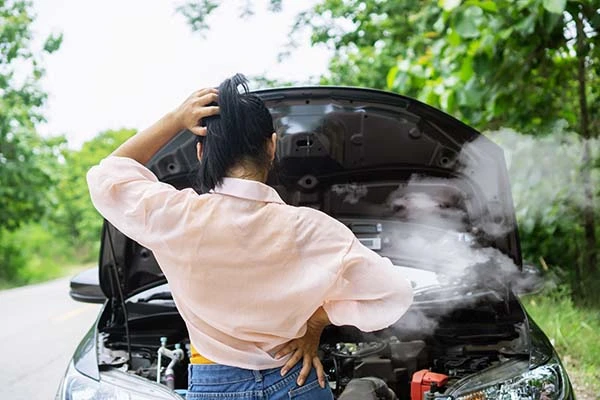
The Fuel Pump Has Gone Bad, What Now? Have a Mechanic Replace It
It’s time to have your vehicle serviced. It’s best to trust a mechanic with the replacement of valve stems as well as with the replacement of a tail light. This applies when it comes to changing fuel pumps. When a fuel pump is old and worn out, go straight to the mechanic. They are professionals at getting faulty pumps through a fuel tank’s top using a panel that is located in the vehicle’s passenger compartment. They will most probably test for any leaks and replace the internal or inline fuel filter.
How Much Will This Replacement Cost?
Replacing a faulty fuel pump can cost anywhere between $200 and $1,000. Depending on your location and the model of the car, the price will obviously change. The labor will cost between $150 and $250. These estimates don’t include any hidden fees and taxes.
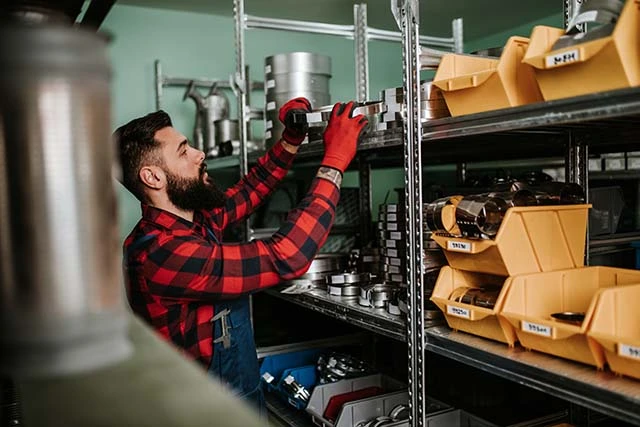
Tips for Making Your New Fuel Pump Last Longer
When you replace U-joints, I recommend ordering Spicer 5-153X U-Joint Kit, fuel pressure regulators, or a fuel pump, it’s important to take good care of the vehicle after this. Use my instructions to prolong the lifespan of your new fuel pumps. Here is what you should do:
- Invest in high-quality fuel that is free from any impurities.
- Don’t let your pump run dry. Always make sure that it is submerged in fuel. This means that you should always have a quarter of the tank full.
- The injection cleaners should be of good quality as well. Order LiquiMoly Liqui Moly Valve Clean. Any impurities present in the fuel will make the pump go bad.
It’s best to monitor the condition of the fuel pump even before you notice any symptoms. It’s less costly to prevent the failure of the pump with good maintenance habits than to require replacement after it’s already too late.

Inspect Your Car For Bad Fuel Pump Symptoms
Do you hear loud whining sounds from the gas tank? Is your vehicle stalling, or are you experiencing sudden power spikes and drops while driving? All of this can indicate that your fuel pump has gone bad. Conduct short tests with a fuel pressure gauge or by disconnecting the fuel pressure sensor. If you determine that the results of the tests indicate that you are dealing with a bad pump, it’s best to have a mechanic replace it. When you get a new one, get behind the steering wheel and take good care of your vehicle.








